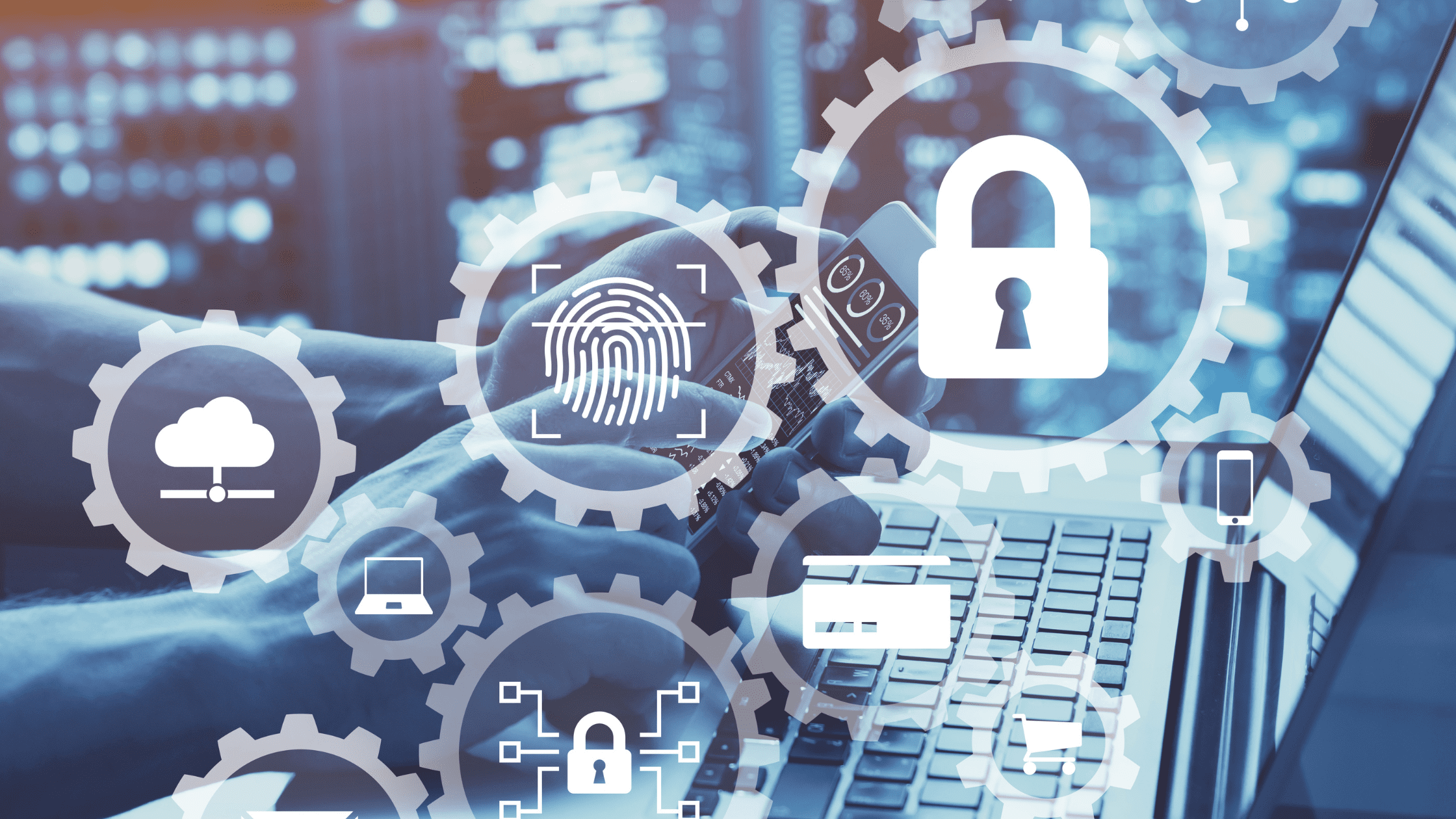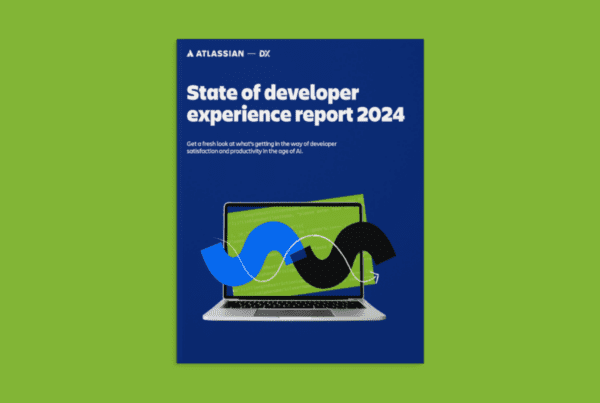As 2024 unfolds, cybersecurity’s relevance in software development, particularly for the developer tools sector, is unprecedented. Developers have always been an attractive target for cybercriminals, as they have access to a company’s most critical assets: the source code. By compromising just one developer, attackers can implant malicious code directly into the company’s products. This method not only affects the originating company but also poses a significant risk of initiating supply chain attacks, as the malware can spread to the systems of any entity using the affected product. This highlights the critical need for robust security measures within the development tools and processes. We have a look into the current state of cybersecurity and what this means for devtool creators.
The Current State of Cybersecurity
AI and Automation in Data Breach Mitigation
Artificial Intelligence (AI) and automation are increasingly crucial in cybersecurity. Organizations utilizing AI and automation have been able to detect and contain breaches 28 days faster than those without these technologies. Organizations that use AI and security automation extensively saw an average cost of a data breach of $3.60 million, compared to $4.04 million for those reporting limited use of AI and security automation. Furthermore, companies that did not use AI and security automation at all experienced significantly higher breach costs at $5.36 million (2023 IBM Cost of a Data Breach Report). The global AI in cybersecurity market is projected to grow significantly, expected to reach around USD 102.78 billion by 2032.
Escalation in Third-Party Attacks
Third-party attacks have become more prevalent, increasing from 44% to 49% year over year. Supply chain attacks have seen an astronomical rise of 430%. Forrester data reveals that 55% of security professionals reported their organization experienced an incident or breach caused by a supply chain or third-party providers in the past 12 months. The report emphasizes the growing influence of the Shift-Everywhere movement in application security. Applications have become complex ecosystems comprising legacy code, microservices, APIs, and third-party dependencies. Attacks targeting the software supply chain pose significant threats to organizations, making it essential for security, development, and operations teams to collaborate effectively.
Zero Trust Architecture
The Zero Trust framework is becoming a standard, with organizations adopting this approach saving nearly $1M in average breach costs compared to those without it. The framework operates on the principle of “never trust, always verify,” ensuring rigorous verification of every user and device. However, according to Gartner predications, 60% of organizations will embrace Zero Trust as a starting point for security by 2025 yet more than half will fail to realize the benefits.
Implications for Developer Tools
Embracing DevSecOps
Integrating security into the DevOps process is no longer optional. DevSecOps ensures that security is a shared responsibility throughout the software development lifecycle, aligning perfectly with the rise in third-party attacks and the need for a Zero Trust approach.
Secure Coding Standards
Given the prevalence of data breaches, training developers in secure coding practices is imperative. Regular code reviews, vulnerability testing, and employing analysis tools are essential for early detection and mitigation of security issues.
Cybersecurity Mesh in DevTools
Adopting a cybersecurity mesh approach can provide individualized security protocols for each device, crucial in a landscape where third-party attacks are common. This strategy addresses the dynamic nature of cyber threats, enhancing network security.
Spotlight on Software Composition Analysis (SCA)
The role of Software Composition Analysis (SCA) in application security is gaining significant traction. Driven by the US government’s mandate for software suppliers to provide self-attestation and Software Bill of Materials (SBOM), organizations are increasingly adopting SCA tools. These tools are crucial for identifying and remedying vulnerabilities, particularly in open-source components. Notably, the trend towards adopting SCA tools is even more pronounced among organizations that have previously experienced breaches, underscoring the tool’s value in enhancing application security.
Summary: Why Cybersecurity Matters for DevTools
- Protecting the Backbone – Developer tools are the backbone of software creation. A breach in these tools can lead to catastrophic downstream effects, including compromising the software built using them.
- Trust and Reliability – Developers trust these tools with their code, the lifeblood of any software project. Ensuring robust security measures means maintaining that trust, which is essential for any tool’s adoption and success.
- Regulatory Compliance – With evolving regulations like GDPR and CCPA, developer tools must comply with stringent data protection standards. Non-compliance can result in hefty fines and reputational damage, as highlighted in the recent Data Protection Index.
Conclusion
It’s clear that cybersecurity is a fundamental aspect of developer tool development. For professionals in this field, understanding and implementing these evolving cybersecurity measures is crucial for building robust, secure tools. It’s about creating a secure ecosystem for innovation to flourish. At Develocity, we are committed to supporting the growth and education of talents who will lead the charge in creating safer, more resilient developer tools.
Remember, in the world of devtools, security is not an afterthought—it’s the foundation.



